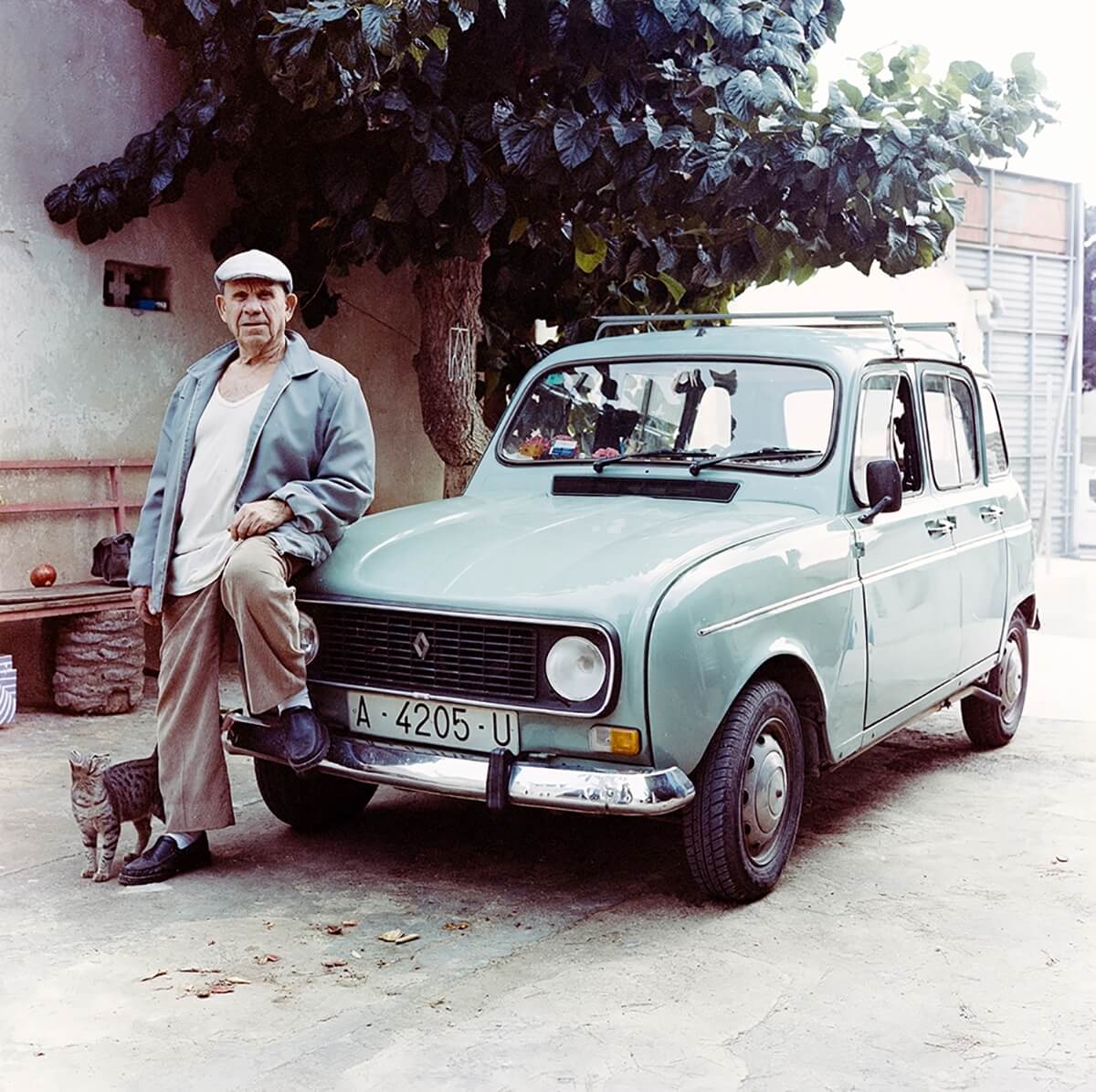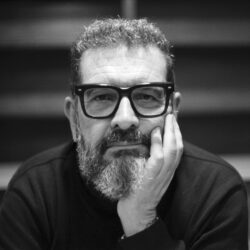
José Luis Gea Arques

PX3 Prix de la Photographie Paris 2025 – Non-Professional First Place Winner in Analog – VEICHLES AND THEIR OWNERS
What first drew you to the idea of photographing vintage or meaningful cars together with their owners?
I like classic cars, I take my time to look at them, imagining the times when these vehicles were on our roads. I have always liked portraits in photography, especially the ones you don’t look for, the ones you find in the street, the ones that tell you a story that is absolutely new and original to me. One day I asked myself what drove these people to keep driving these cars.
Was it because of a family history? Was it for the pleasure of rescuing them from oblivion or for their retro aesthetics?
So, I started to ask people I met anywhere driving one to pose next to it and tell me their story.
In your experience, how much did the owners’ stories or emotional connection to the car influence how you shot them?
It certainly depends on each particular case, but sometimes it has been a great experience to hear, for example, how a man has had a Renault 4 since his son made his First Communion while he gives you a ride in it without knowing you at all, and to end up talking about life while you take photos of him without rushing. This conditions the sensibility with which you work. Everyone has their own story and everyone is excited to tell it, even if they don’t know you.
What responses have you received from viewers about the emotional dimension of the series?
When I tell some of the stories I have experienced while photographing these people with their vehicles, they are surprised. You have to bear in mind that the series has many more photos that are not shown here and that it is a work of more than three years. Telling stories like the one of a man who lives in his Mercedes is often surprising. The truth is that I am really amazed by the response to the series.
What began as something personal has managed to empathise with the viewers in an incredible way.
Winning the Analog Photographer of the Year title at PX3 is a major honor. What does this recognition mean to you?
For me it is something wonderful, it means that the work of three years has been valued and recognised in one of the most prestigious international contests and I am very proud of it. I think Px3 is a wonderful showcase to show the world my way of looking and photographing. It is great that analogue photography is represented in competitions of this level and for that I am very grateful to Px3.
For photographers wishing to explore projects grounded in memory, object-human relationships, and analog storytelling, what advice would you share about preparation, patience, and empathy?
Documentary and photojournalistic photography is memory. The way in which people relate to their environment and their objects tells a story that deserves to be immortalised in time. In my case, I do nothing more than narrate human stories in the way photography has always done. This requires principally love for analogue photography and its process, which is certainly much more complex than the digital one. Then you need to empathise with the people you photograph, creating a bond that leads you to photograph them in a calm way, enjoying that moment and listening to their stories.
My advice to other photographers is to live intensely, both in the act of photographing and in the act of interacting with the people you photograph. This is something they will always remember when they look at their photos. This empathy will be reflected in our work and will become part of our personal stamp.